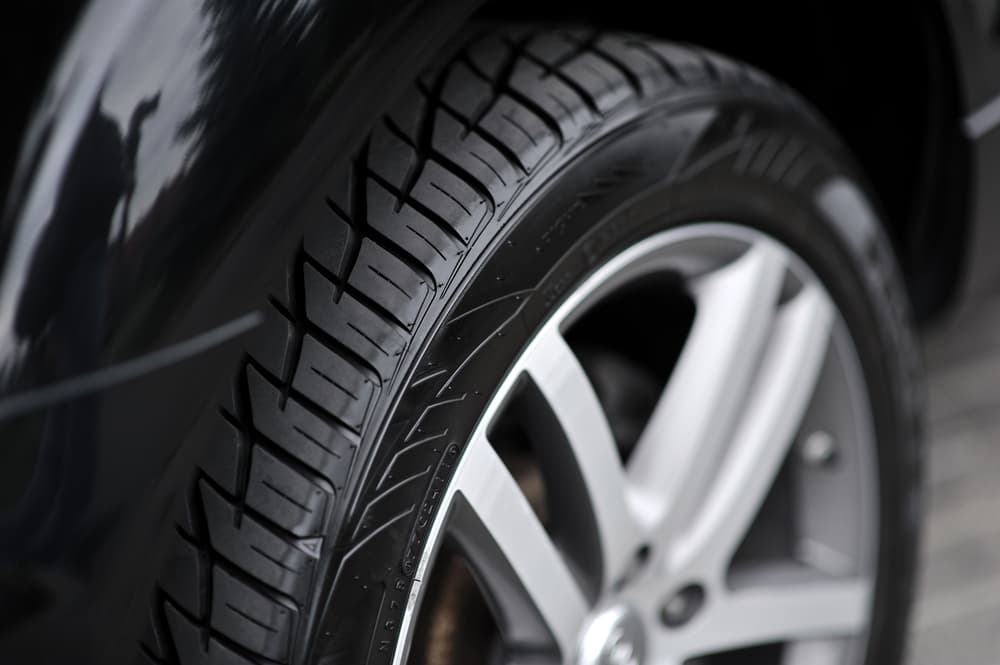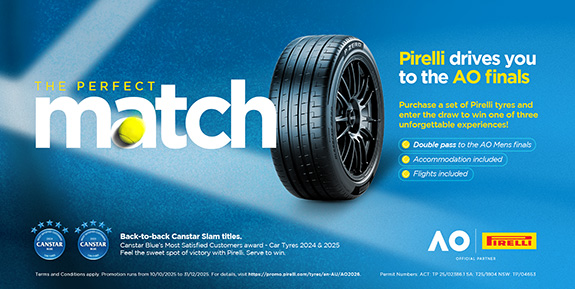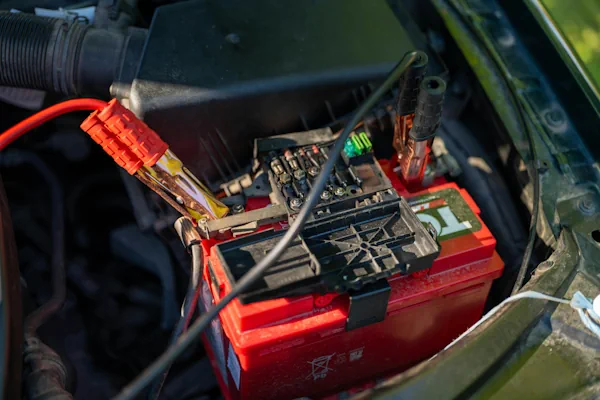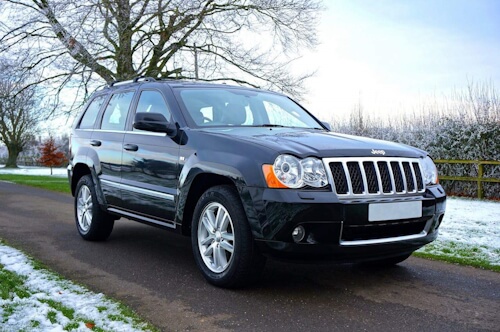Tyre Speed and Load Rating
Not sure what your tyre speed and load rating should be? Keep reading this handy guide from Tyrepower to learn more.
What is a Tyre Speed Rating?
Tyre speed ratings are based on minimum standards for reaching and sustaining specified speed. In general, a higher speed rating results in better car handling. There are two key warnings to be aware of when it comes to tyre speed rating.

It is both illegal and dangerous to drive with tyres that are lower than the recommended speed rating.
This can result in poor handling and unpredictable steering. There is no problem installing a higher speed rated tyre on your vehicle, as it can improve your cornering response.
It is not recommended that you mix and match tyres that have different speed ratings.
Most tyre manufacturers recommended that speed-rated tyres be replaced in sets of four. If replaced in pairs, the new tyres should be of the same or higher speed rating. If tyres with different speed ratings are installed on a vehicle, it’s recommended that they be installed with like pairs on the same axle.
Ideally, the lower speed-rated tyres should be placed on the front axle, regardless of whether it’s front or rear-wheel drive, in order to prevent oversteer. Oversteer occurs when the vehicle loses traction at the rear tyres first, causing the vehicle to spin and the driver to lose control.
The overall tyre speed rating for all tyres should be based on the lowest speed-rated tyre on the vehicle.
Tyre Speed Rating Chart
The chart shows a list of speed ratings, along with the corresponding speeds they represent. Remember, the speeds are test speeds, not recommended speeds.
| Speed symbol | Maximum speed (km/h) |
|---|---|
| N | 140 |
| P | 150 |
| Q | 160 |
| R | 170 |
| S | 180 |
| T | 190 |
| U | 200 |
| H | 210 |
| V | 240 |
| Z | 240 |
| W | 270 |
| Y | 300 |
What is a Tyre Load Rating?
The load capacity of a tyre determines what payload each tyre can carry. It is vital that you check with your manufacturer what capacity should be put on your car. Insurance can be void if you select the incorrect tyres.
Tyre Load Rating Chart
The tyre load rating chart below shows what index specification can carry.
| Load index | Max load (kg) |
|---|---|
| 81 | 462 |
| 82 | 475 |
| 85 | 515 |
| 86 | 530 |
| 87 | 545 |
| 90 | 600 |
| 92 | 630 |
| 95 | 690 |
| 96 | 710 |
Learn More About Tyre Load and Speed Rating
Tyrepower can help you with your tyre load and speed rating if you’re unsure. As one of the most trusted tyre suppliers in Australia, we can help you with all of your tyre care needs, including tyre rotation, wheel alignment services and more.

























